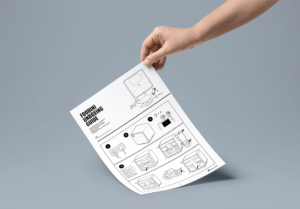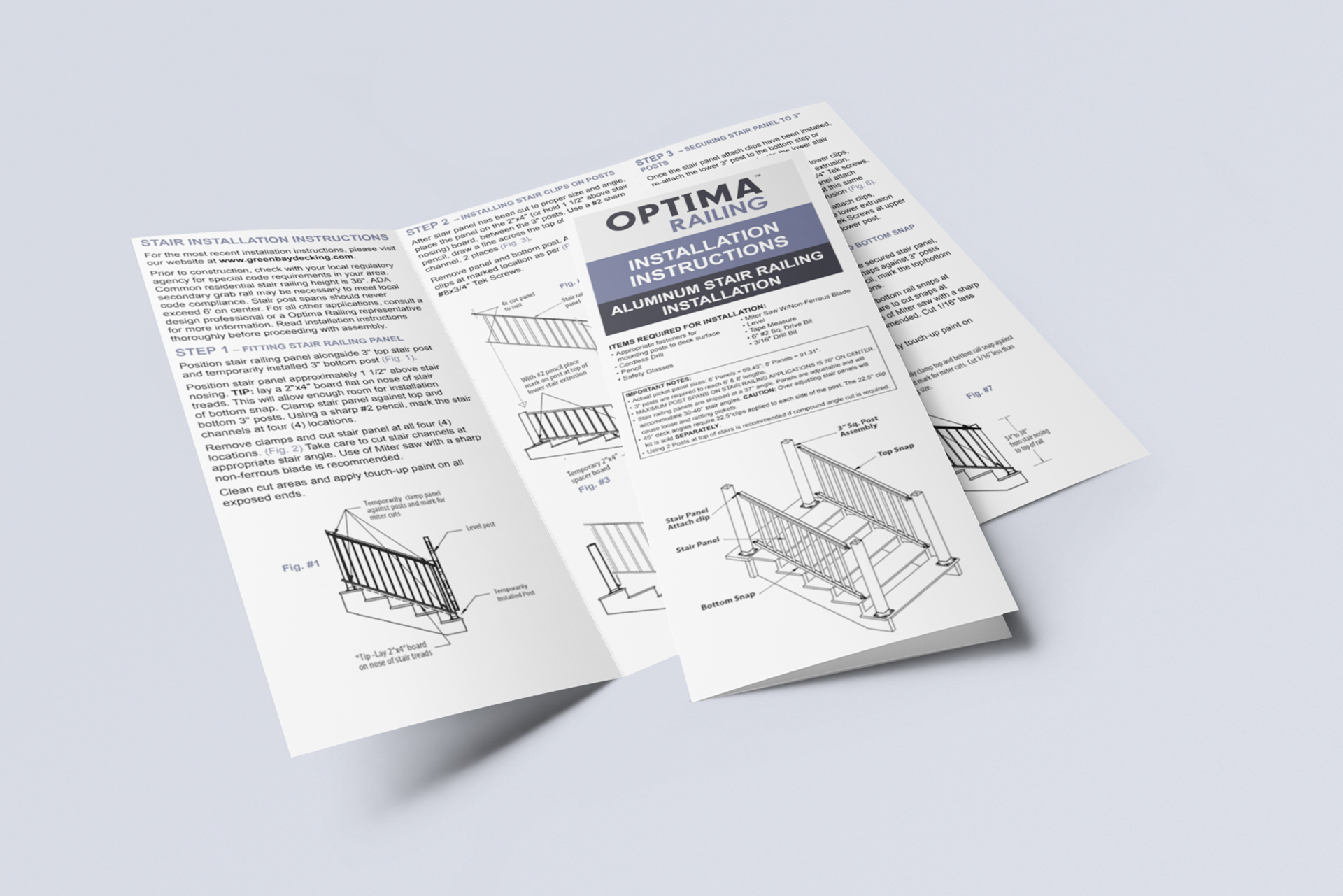Many of us skip reading instruction manuals for new devices, a trend highlighted by surveys showing that up to 50% of people in the U.S. neglect to consult them. While this may be acceptable for consumers, the stakes are much higher in industrial settings, where engineers must understand machinery and systems thoroughly, especially when troubleshooting.
To address this, companies like Aveva have developed AI systems designed to read and understand complex operating manuals. For example, Aveva’s AI, currently deployed in the energy sector, can analyze thousands of sensors and access extensive technical manuals to assist engineers in diagnosing and solving problems. This AI not only offers possible solutions but also provides 3D visualizations of the machinery involved, mimicking the expertise of seasoned engineers.

This technological advancement is particularly crucial as industries face a retiring workforce, with much of the practical knowledge at risk of being lost. Aveva’s AI aims to bridge this gap by guiding less experienced workers and reducing reliance on retired experts.
Other tech companies, like Dozuki and Scribe, are also leveraging AI to create user guides automatically. These systems can generate step-by-step instructions from videos or recorded processes, simplifying the creation and dissemination of technical knowledge. While these AI-generated guides still require human review, they represent a significant shift toward more efficient and accessible knowledge transfer.
As AI continues to evolve, it could indeed render traditional instruction manuals obsolete, offering faster, more intuitive ways to access and apply technical information.










